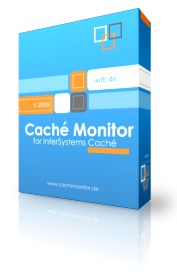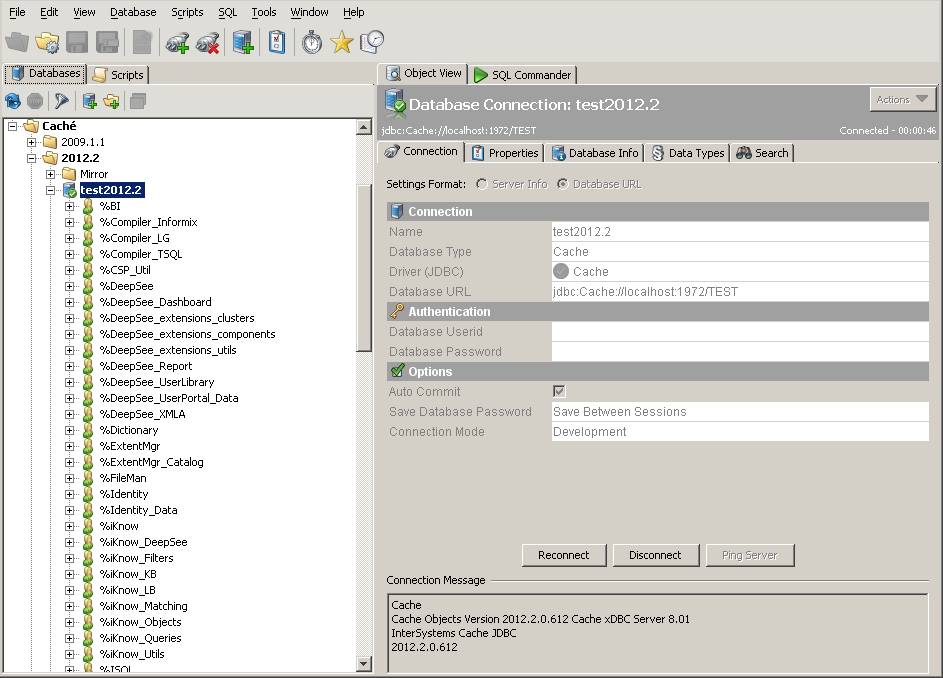Alternative SQL Managers for Caché Database Engine
Caché monitor

If you often have to execute SQL queries when developing or using your application on Caché, and you don’t have enough SQL manager functions from the Caché Management Portal or the SQL shell from the Caché terminal, I advise you to pay attention to the Caché Monitor application .
An alternative SQL manager was developed by Andreas Schneider, a German developer.
This cross-platform Java application, in addition to executing SQL queries, provides the following features:
1. Advanced SQL query editor:
- Caché-SQL syntax highlighting
- SQL predictive input for tables, views, and columns (Intellisense)
- SQL query execution history
- formatting SQL queries
- parallel query execution
- graphical representation of the SQL query execution plan with support for indexes and selectivity
- SQL abbreviations (for example, the input of the se command is converted to "SELECT * FROM"
- view TuneTable for selected tables or the entire area
- writing query execution results to a table
- DDL Generator (CREATE TABLE)
2. View the following meta information in the Caché areas:
- Tables
- Representation
- Programs (I only have a list)
- Classes
- Cached requests
- Stored procedures
- Indices
3. Caché Monitor also helps you manage your Caché servers:
- Group servers for easy viewing of information
- View Caché Version Information
- View the "cost" of query execution
- Quickly open a new Query Analyzer window for the selected server
- View a list of running processes
- View lock table
You could do all this yourself on ZEN or CSP, but people have already done it on Java, so try and use it for good.
DbVisualizer
If you are used to using a more universal SQL manager, I advise you to pay attention to the DbVisualizer application , which also has Caché support .
Instead of the standard authentication procedure using login / password, you can use Kerberos or SSL / TLS for additional encryption of data transmitted over the network.
To do this, you need to configure driver-specific settings in your connection according to the above documentation:

Connection example using Kerberos:

increase
As you can see, in this case we did not explicitly specify the username / password, since the details of the current OS user are taken.
The login / password for connecting to the Caché DBMS depends on the selected security level .
For minimal security it is:
Login: _SYSTEM
Password: SYS
The super server port for connecting to the Caché DBMS can be viewed in the Portal in ( [Home]> [Configuration]> [Memory and Startup] ).
As a rule, this is 1972 .
